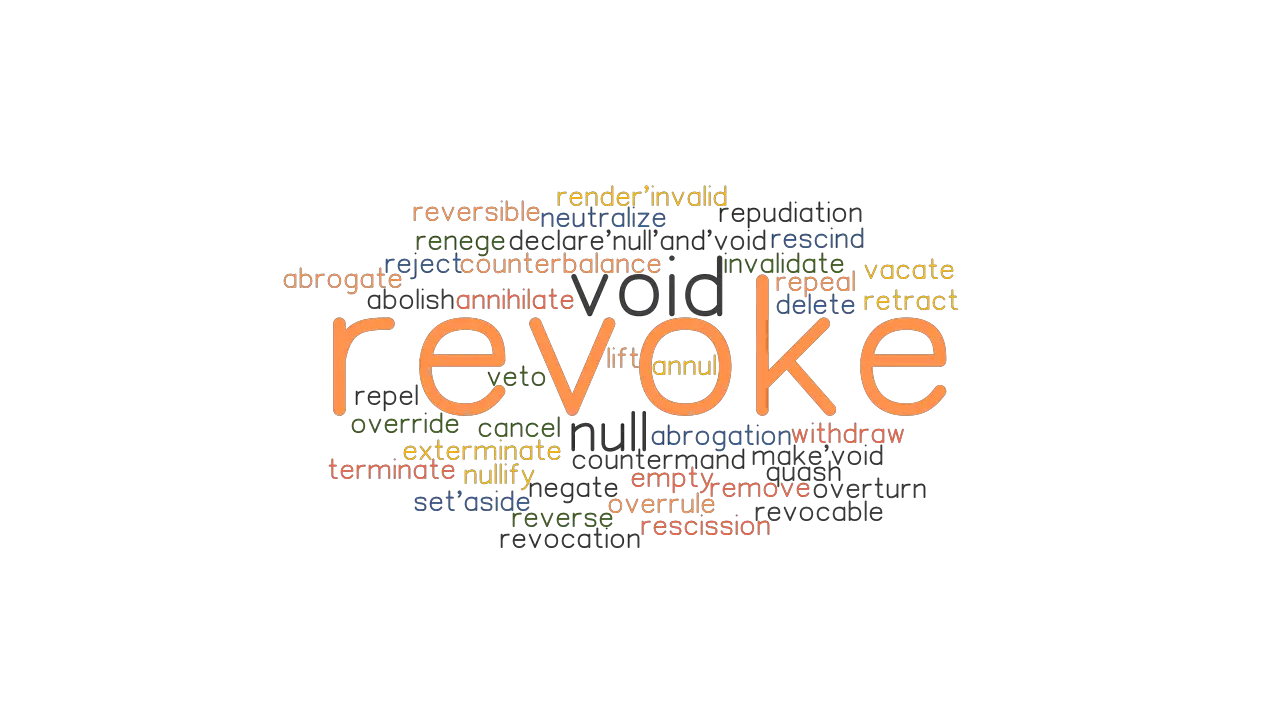
- ANOTHER WORD FOR REVERSE PHOTO IMAGE HOW TO
- ANOTHER WORD FOR REVERSE PHOTO IMAGE CODE
- ANOTHER WORD FOR REVERSE PHOTO IMAGE PROFESSIONAL
You can apply this method if you have Microsoft Office Word 2007 or higher.
ANOTHER WORD FOR REVERSE PHOTO IMAGE HOW TO
Of course, you’re still able to move the image freely so it doesn’t get locked in just one position.Īll in all, just feel free to experiment with Word’s different text wrapping options so that you’ll know how to properly format your images alongside with your texts.

As you can notice, the position of the image stays locked so you cannot move it somewhere else. Now, after you’ve inserted the image, try clicking on it and moving it to any position that you like.Go to the “Insert” tab to insert a new image or photo.For our fourth lesson in this series, we will focus on the graphic design functions in Word such as pictures, SmartArt, screenshots, and other items that can be found on the Insert tab. How to freely move a picture in Word documents Word allows you to do much more than simply insert or place graphics. As for the latter, there’s no need for you to worry because this post will teach you how to free move a picture in MS Word. It can also be difficult to move an image to any place or position that you like. For example, you’ll need a workaround for adjusting image transparency. The human egg is about 0.12 mm in diameter.
ANOTHER WORD FOR REVERSE PHOTO IMAGE PROFESSIONAL
To learn more, see the privacy policy.Handling images in Word can be quite tricky. Browse 308 professional human vagina stock photos available royalty-free.
ANOTHER WORD FOR REVERSE PHOTO IMAGE CODE
Special thanks to the contributors of the open-source code that was used in this project: Elastic Search, WordNet, and note that Reverse Dictionary uses third party scripts (such as Google Analytics and advertisements) which use cookies.

The definitions are sourced from the famous and open-source WordNet database, so a huge thanks to the many contributors for creating such an awesome free resource. In case you didn't notice, you can click on words in the search results and you'll be presented with the definition of that word (if available). For those interested, I also developed Describing Words which helps you find adjectives and interesting descriptors for things (e.g. So this project, Reverse Dictionary, is meant to go hand-in-hand with Related Words to act as a word-finding and brainstorming toolset. In the Format Shape pane, Text Options, Text Effects then scroll down to 3-D Rotation (an option missing from text formatting outside a text box). And there are several ways to perform a reverse image search, whether it is on mobile or desktop. That project is closer to a thesaurus in the sense that it returns synonyms for a word (or short phrase) query, but it also returns many broadly related words that aren't included in thesauri. Resize the text box with the handles in each corner so the text fits within the box. Rather than a gallery of images, it will show you the pages that this image has been used on, a link to an image search feature for similar images, and a possible related search. I made this tool after working on Related Words which is a very similar tool, except it uses a bunch of algorithms and multiple databases to find similar words to a search query. So in a sense, this tool is a "search engine for words", or a sentence to word converter. It acts a lot like a thesaurus except that it allows you to search with a definition, rather than a single word. The engine has indexed several million definitions so far, and at this stage it's starting to give consistently good results (though it may return weird results sometimes). For example, if you type something like "longing for a time in the past", then the engine will return "nostalgia".

It simply looks through tonnes of dictionary definitions and grabs the ones that most closely match your search query. The way Reverse Dictionary works is pretty simple.


 0 kommentar(er)
0 kommentar(er)
